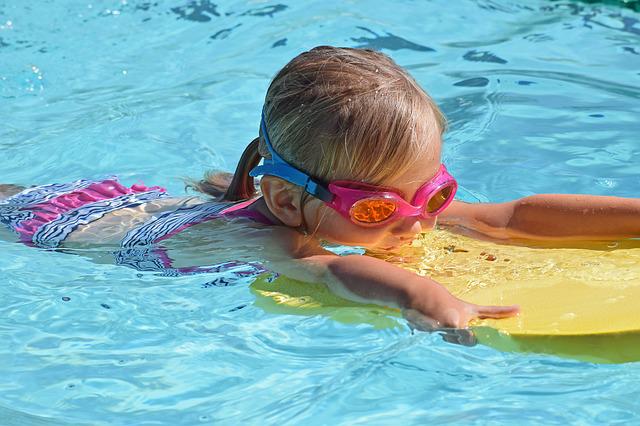
It’s the weekend, it’s summer; what better time to go to the pool than right now? You don’t have to worry about filing documents or performing surgeries like the kind done at thebunioncure.com, because you’re taking your kid to the local aquatic center where they can practice their cannon balls and see how long they can hold their breath.
The only problem is that they’re scared of the water. But not to worry, because there are a few easy tips you can try to get them more comfortable.
Begin in the Tub
There’s no better way to practice getting comfortable with water than plopping your kid in the bathtub. If they’re terrified to even do that, then you’ve got a lot of work to do, but if their concern is targeted specifically at larger bodies of water like pools or the ocean, starting with the bathtub can help a lot. This is a small and confined space where they can work on holding their breath, dipping their head underwater, and learning to grow accustomed to water in general.
Dip a Toe
You can’t expect your child to dive head first into the deep end of the pool if they aren’t a fan of water. Instead, start small by just having them sit on the edge of the pool and dipping their feet into the water. If the pool has a shallow walk-in “beach” tide, they can slowly work on going out further and further over time until, eventually, they’re just standing in water.
Bubble Blowing Time
Standing in water is great progress, but it’s only the beginning. You can’t expect to ever swim without getting your face a little wet, so begin by getting them to blow bubbles. They won’t have to stick their entire head in the water or get any up their nose, and if you mimic it with them, they might even see that it can be fun. Then, over time, they’ll get to the point where they feel comfortable submerging the rest of their head.
Start With Gear
Lots of kids need gear when they’re first learning to get comfortable with water. This might include goggles, noseplugs, earplugs, and floaties. These essentially work to fight everything that’s scary about getting in the water. No water can get in their nose, eyes, or ears, plus with floaties, they don’t even need to be able to swim. If you just want them comfortable with being in the water and having fun, this gear is fine. They shouldn’t rely on it as a crutch forever, but it’s a good starting point.
Swimming in No Time
These are all great tricks and tips to get your child more comfortable with being in the water, and while they might not be ready to take off the goggles and floaties anytime soon, they’ll be swimming like a fish in no time.
Image by Jan Haerer from Pixabay
